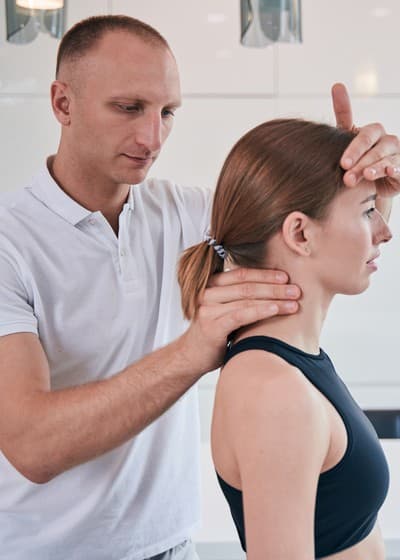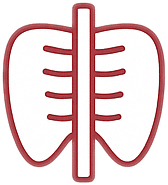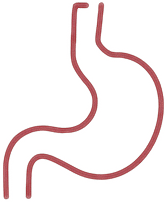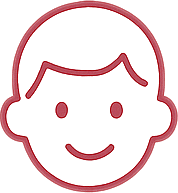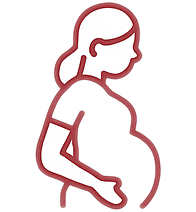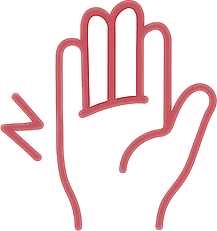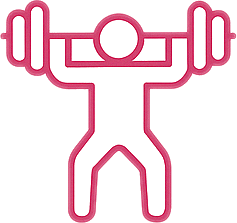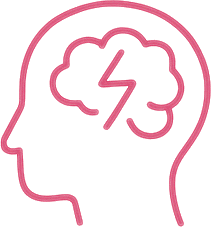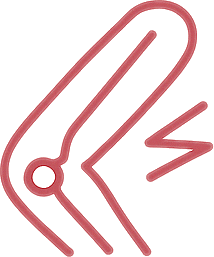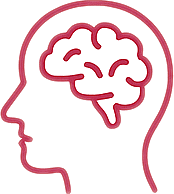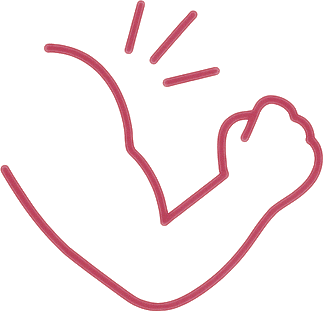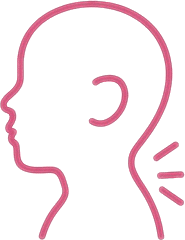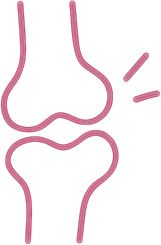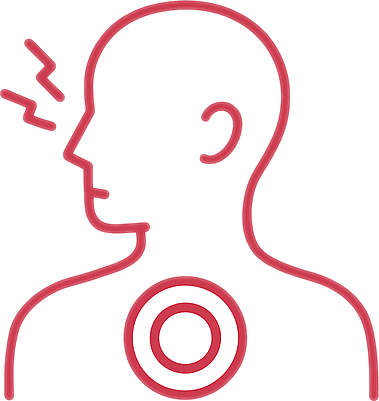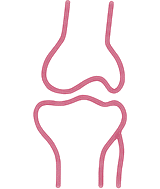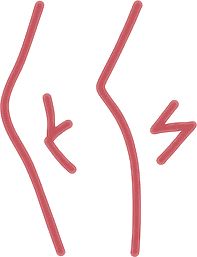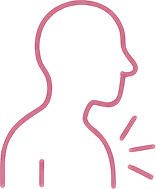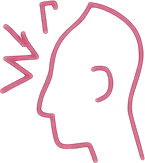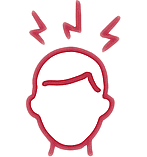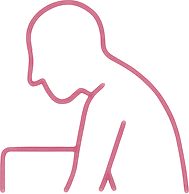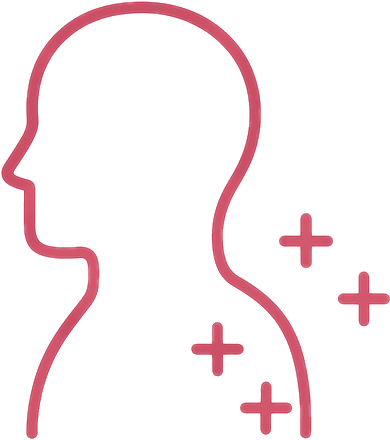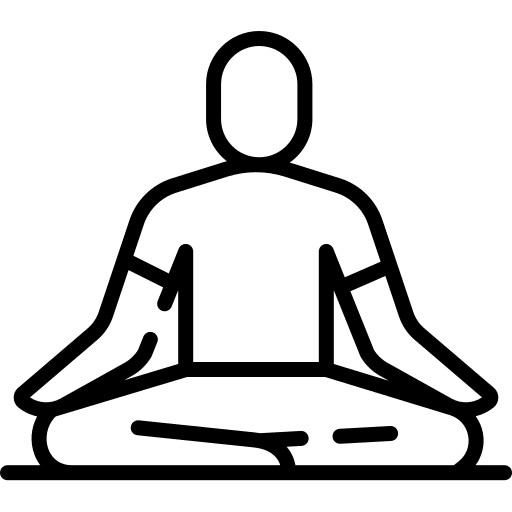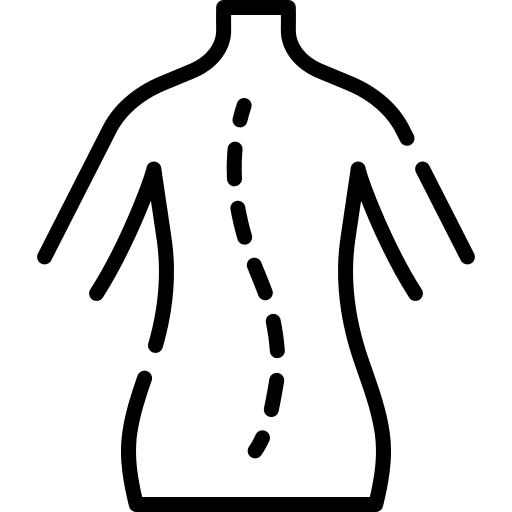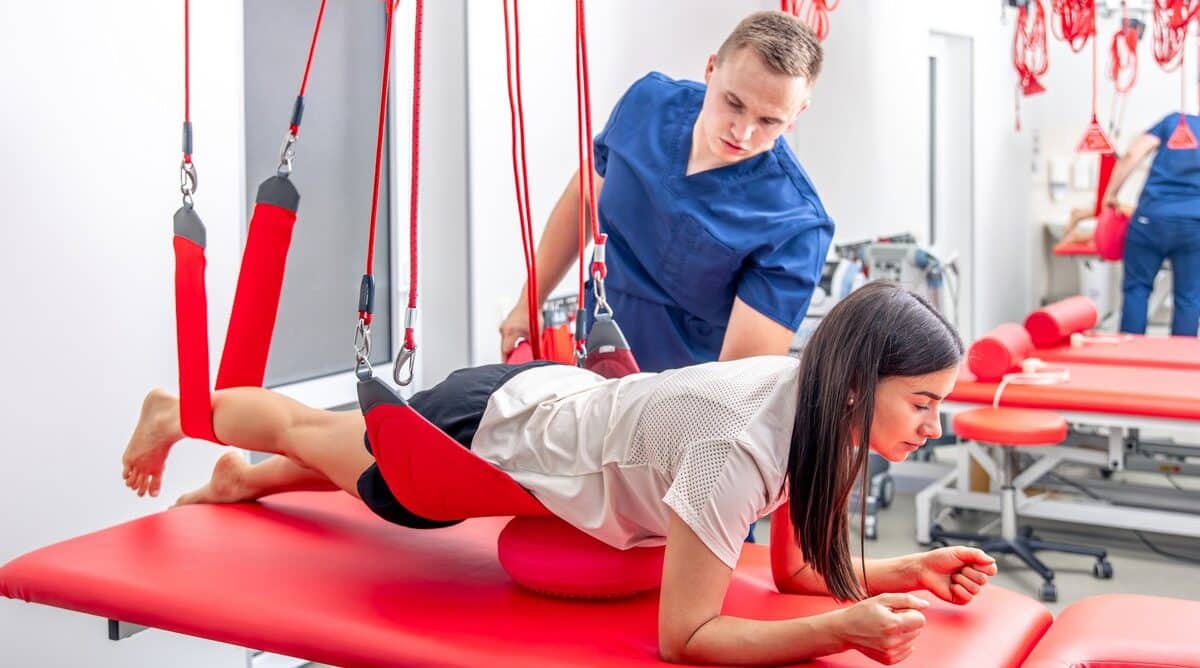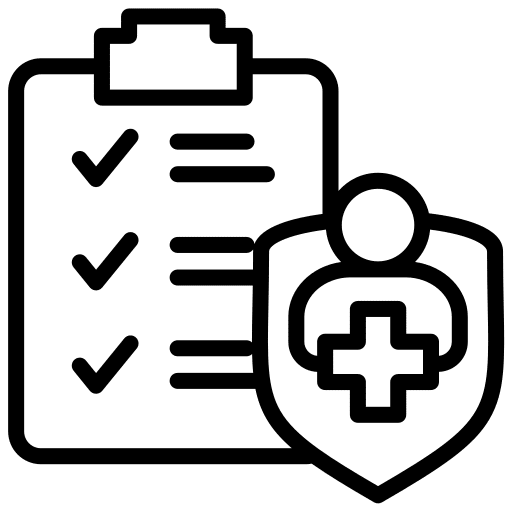A cranial osteopathy session is designed not only to ease pain but also to promote comprehensive changes in how your body feels, moves, and self-regulates. People often walk out sensing new ease—sometimes right away, sometimes subtly revealed over hours or days. It’s less about drama, more about authentic, progressive shifts.
You don’t realize how much tightness you compensate for until it’s gone—you finally experience what real ease can feel like.
Early Physical Sensations: Pressure Changes, Release, and Comfort
- Softness or Warmth: Immediately or within hours, many describe a gentle warmth or softening around the head or jaw—evidence that deep tension has started to unravel.
- Easier Movement: Patients often notice smoother turning of the head, reduction in jaw clenching, and less neck or shoulder tightness—movements grow less guarded, more fluid.
- Weighted Relaxation or Drowsiness: Some report a pleasant heaviness, feeling “grounded” or even momentarily sleepy—a sign that the body is entering restorative rest.
Emotional and Psychological Shifts: Mind Quiet and Unexpected Calm
- Mental Quiet: A surprising calm can descend, thought patterns slow, and anxious energy reduces—clients describe clearer focus and feeling “more present.”
- Emotional Unwinding: Rarely, a wave of emotion arises—tears, laughter, deep sighs—linked to old tension releasing. This is normal; it signals your nervous system shifting out of chronic defense.
Symptom Variability: What Improves, Moves, or Changes
- Reduced Pain or Altered Sensation: Some notice their main discomfort improves, others feel pain “move” as interconnected restrictions unwind—sometimes immediately, other times more gradually.
- Temporary Soreness or Mild Headache: It’s not unusual to feel tender in treated areas, similar to post-massage muscle ache. This fades within 24–36 hours as tissues adapt.
- “Heaviness” or Fullness: With major release, a vague, heavy, or full feeling in the head can occur; typically, it dissipates with rest and hydration.
Tracking Your Progress: What’s Normal and When to Check In
- Early Effects Evolve: Most acute sensations settle by the second day; chronic changes may take up to a week to fully integrate.
- When to Reach Out: If pain sharply worsens, you experience severe headache, persistent nausea, or new numbness, contact your practitioner. Mild, transient symptoms signal the body’s rebalancing.
Every person’s response is distinct. Your history, stress levels, and chronicity influence the speed and depth of change. Importantly, a well-managed post-treatment period—hydration, rest, conscious movement—can accelerate and amplify your progress.





